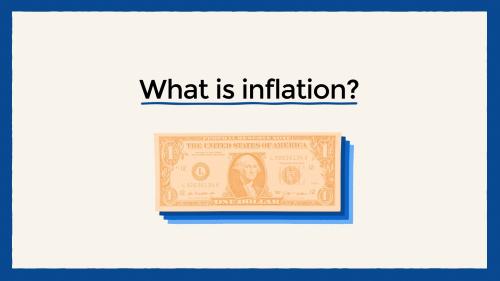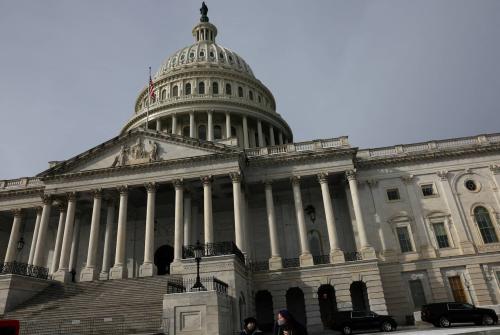The Congressional Budget Office released its latest Budget and Economic Outlook earlier this week. As always, the outlook provides insight into the fiscal status of the federal government. My three overarching reactions are:
First, because ATRA instituted tax changes that had been widely expected, the official (“current law”) baseline is now much more reflective of plausible outcomes than it has been in the past. Hence, the baseline is now a more reliable guide to the fiscal outlook.
Second, unlike in long-term budget scenarios—where rising health care spending is the single most important factor—there is no “smoking gun” in the 10-year projections. Mainly, there is “just” an overall continuing imbalance between spending and taxes. Revenue is not projected to collapse, as it did in 2009-12, but rather to grow to higher-than-historical-average levels. Spending isn’t spiraling out of control—it is at the same share of GDP in 2023 as it was in 2012. Large projected cuts in discretionary spending are offset by net interest rising to historically high levels and increases in mandatory spending.
Third, while we do not face an imminent budget crisis, the data in the outlook imply that we are not out of the woods. The 10-year budget outlook remains tenuous. Even if seemingly everything goes right—in economic terms and in political terms—we are still on the edge of dangerously high debt and deficit levels with little room to spare. For example, under the current law baseline, even if:
- Revenues average almost 19 percent of GDP as projected from 2015 through 2023 (a level higher than revenues in all but 5 years since 1982),
- Revenues from the personal income tax rise steadily to 9.8 percent of GDP in 2023 (a figured exceeded only once in U.S. history),
- Defense spending falls to its lowest share of the economy since before WWII,
- Non-defense discretionary spending falls to its lowest share of the economy since before separate records were kept starting in 1962,
- Significant reductions in projected health care cost growth pan out as projected, and
- The economy returns to full employment in 2017 as scheduled and remains there without recession through 2023,
the implications are, nevertheless, that:
- Net interest payments will rise from 1.4 percent of GDP in 2012 to 3.3 percent in 2023 (tied for the highest level in history and a sign of approaching fiscal unsustainability),
- The full-employment deficit would reach 3.8 percent of GDP in 2022 and 2023 (other than in the 2009-12 period, these would be the highest levels except for four of the past 50 years).
- The debt/GDP ratio would be 77 percent by 2023. The ratio would be more than 20 percentage points higher in every year during the next decade than it was for any year between 1957 and 2007, and it would be more than double the 37 percent level it averaged during the 1957-2007 period.
- It would take $1.2 trillion in additional budget savings (beyond the sequester) to get the debt/GDP ratio in 2023 down to its 2012 level of 72.5 percent, and it would take a total of $4.4 trillion in adjustments to reduce the debt/GDP ratio in 2023 to 60 percent.
- Although not shown in the Outlook, which focuses on the 10-year horizon, debt/GDP would be projected to continue to rise sharply and indefinitely beyond 2023.
Under CBO’s alternative fiscal policy baseline or my own measure of a current policy baseline (both described in the full report(pdf)), all of the budget projections are worse.




